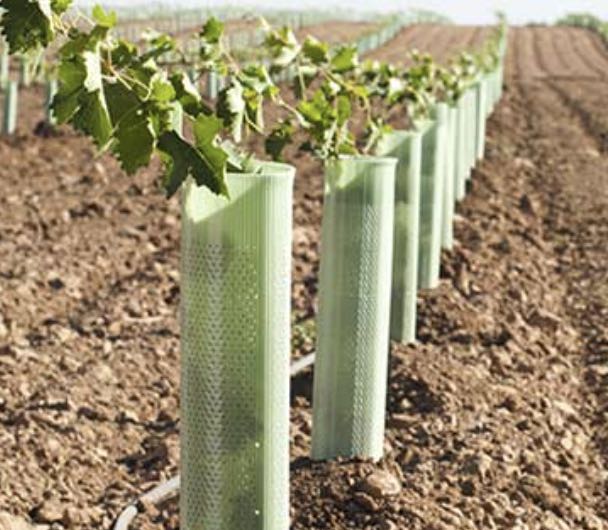The Life Cycle of a Wine Grape: From Planting to Harvest (Wine Cooler)

Making wine is a long, slow process. It can take a full three years to get from the initial planting of a brand-new grapevine through the first harvest, and the first vintage might not be bottled for another two years after that. But when terroir and winemaking skill combine, the finished product is worth the wait.
Wine has been likened to “poetry in a bottle.” Just like any creative process, winemaking requires knowledge, commitment, and time. In this article, we’ll take a look at the grape-growing process, as well as explore more of the winemaking process once the grapes have been harvested. From the first planting to harvesting to turning it into wine, this is the complete life cycle of a wine grape.
First Planting
Imagine you’re starting with raw land. First, you have to assess the soil and the climate to determine which grapes will flourish. In the Napa Valley, Cabernet Sauvignon is king. But that doesn’t mean it’s right for every location.
Rocky soil and warm temperatures are excellent for growing Cab. Cooler microclimates and sandier soil provide great growing conditions for Sauvignon Blanc.
A vineyard manager may also recommended planting smaller amounts of other grapes for blending, such as Malbec and Petit Verdot. Some vineyards strive to grow all five of the “noble” Bordeaux grapes: Cabernet Sauvignon, Petit Verdot, Malbec, Merlot, and Cabernet Franc. Others focus on just one varietal, like Cab. Fun fact: Although Malbec has become synonymous with excellent wine from Argentina, its roots are French!
In addition to assessing microclimates and choosing the right grapes for each site in a new vineyard, the vineyard manager decides how to orient the rows, how to space and trellis the vines, and how to amend the soil, if necessary.
Once each baby vine is planted, it’s covered with a carton to provide warmth and protection as it begins to grow.
Then comes the hard part — waiting for that first harvest. Over the next several years, the young vines will need lots of care and attention, including judicious watering, proper pruning, and protection from pests and disease.
Dormancy
Fast-forward three years. This year, the vineyard will finally produce full, delicious bunches of grapes. In the winter, the vines are dormant, with no foliage at all.
But the roots have burrowed deep into the soil and are feeding on the nutrients needed to produce fruit.
When the vines are dormant, it’s time to prune. Proper pruning is essential to promote the right balance between the number of shoots and the number of buds, which will produce grape clusters. Too many shoots and not enough buds means that the vines will have too many leaves shading the fruit, making it hard for the clusters to ripen. Too many buds and too few shoots produce a similar problem — there’s so much fruit that none of it will ripen well. Poorly pruned vines simply won’t produce high-quality fruit. And without high-quality fruit, winemakers can’t make high-quality wine.
Pruning skills are so prized that the Napa Valley Grapegrowers holds a pruning contest each year in February. In 2016, the winning pruners took home $4,500 in cash and prizes.
Bud Break and Flowering
When wines emerge from dormancy, the first buds appear. This period is called bud break, and it generally starts in March. That’s also when colorful mustard, a cover crop, blankets the ground between vine rows.
The nights, however, can be a different story. Vineyard managers keep a careful eye on nighttime temperatures because if the thermometer dips below freezing, all those tender shoots can sustain serious damage — especially once the buds swell into flowers. The flowering stage happens about a month after bud break.
Some vineyards use giant wind machines to circulate the air and keep cold air from damaging the vines. While living among the vineyards is certainly picturesque, being jolted from a deep sleep at 3:00 AM by a giant fan that makes as much noise as a low-flying plane is a drawback. But what’s a little lost shut-eye if it means protecting the harvest?

